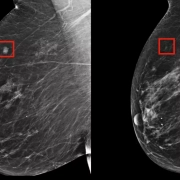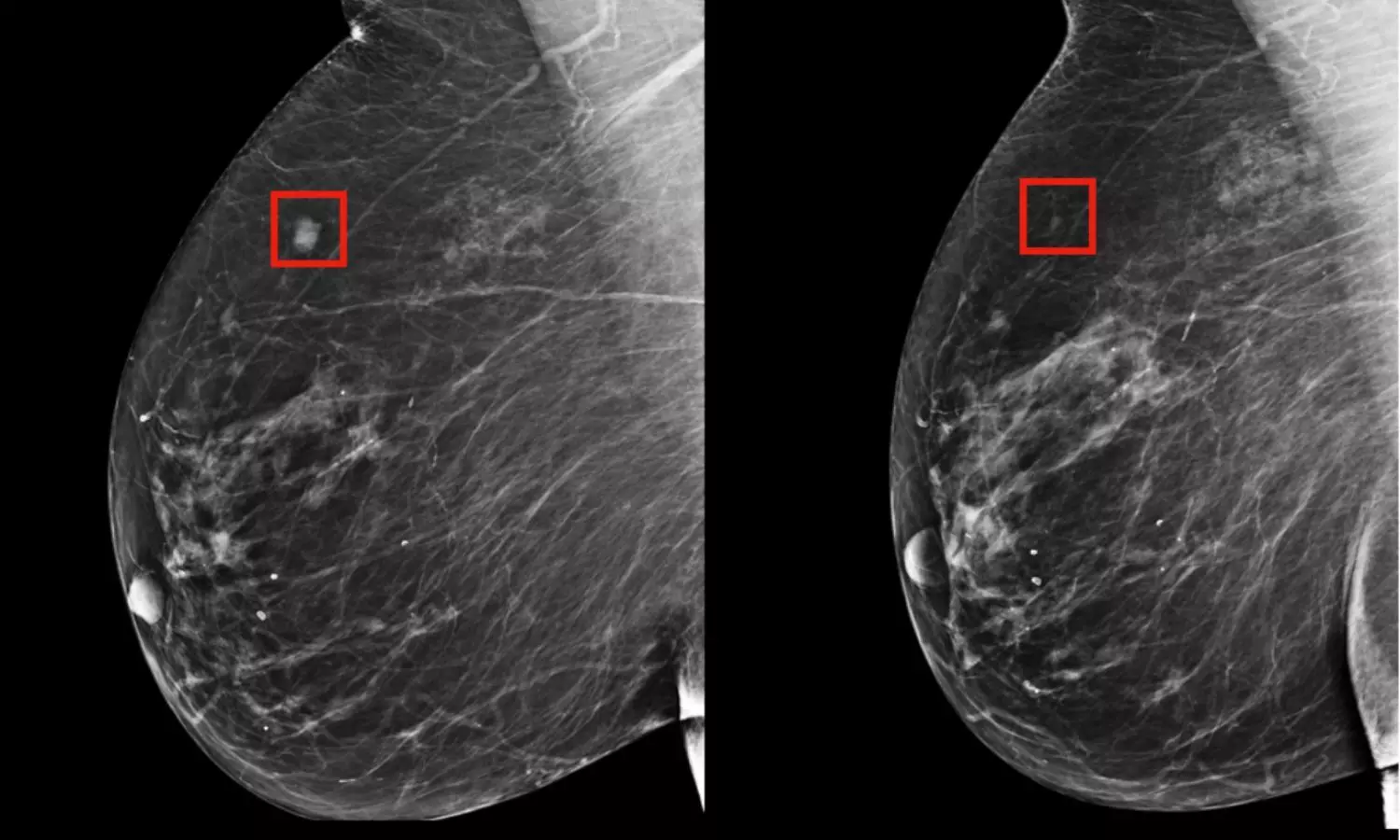What is the Connection between Diabetes and Vascular Disease? How to prevent Vascular Complications in Diabetes? – Dr Krishna Chaitanya

Diabetes is a
chronic condition that affects millions of people worldwide. Apart from its
well-known impact on blood sugar levels, diabetes can have a profound effect on
the vascular system. The interplay between diabetes and vascular health is
crucial, as individuals with diabetes are at a significantly higher risk of
developing vascular complications.
Vascular diseases include a range of
conditions such as atherosclerosis, peripheral artery disease (PAD), coronary
artery disease, and stroke, among others. Understanding how to prevent vascular
complications in diabetes is essential for improving the overall well-being of
those affected. This comprehensive guide will explore the steps you can take to
protect your vascular health and reduce the risk of complications associated
with diabetes.
The Diabetes-Vascular Disease Connection:
Before diving into prevention strategies, it’s crucial to comprehend
the link between diabetes and vascular complications. Diabetes, both type 1 and
type 2, can have detrimental effects on the vascular system. The elevated blood
sugar levels characteristic of diabetes can lead to a cascade of events that
damage blood vessels over time. Here’s how it happens:
High Blood Sugar Levels:
Uncontrolled diabetes results in consistently high levels of glucose
in the bloodstream. This excess sugar can injure the delicate inner lining of
blood vessels, leading to inflammation and the formation of fatty deposits.
Atherosclerosis:
Atherosclerosis, often referred to as “hardening of the
arteries,” is a condition where fatty deposits accumulate on the walls of
blood vessels. Over time, these deposits, known as plaques, can narrow and
block blood flow, increasing the risk of heart disease and stroke.
Microvascular Complications:
Diabetes can also affect the small blood vessels throughout the
body. This may lead to microvascular complications such as retinopathy (eye
damage), nephropathy (kidney damage), and neuropathy (nerve damage).
Preventing Vascular Complications:
Preventing vascular complications in diabetes involves a combination
of medical management, lifestyle changes, and proactive self-care. Here are
essential strategies for safeguarding your vascular health:
1. Blood Sugar Control
The cornerstone of diabetes management is controlling blood sugar
levels. Regular monitoring, medication adherence, and following your healthcare
provider’s guidance are crucial in maintaining optimal glucose levels.
2. Healthy Eating
A balanced diet that’s low in saturated and trans fats, cholesterol,
and sodium can significantly reduce the risk of atherosclerosis. Focus on
incorporating whole grains, fruits, vegetables, lean proteins, and healthy fats
into your meals.
3. Regular Physical Activity
Exercise plays a pivotal role in vascular health. It helps manage
blood sugar, lowers blood pressure, and keeps your weight in check. Aim for at
least 150 minutes of moderate-intensity exercise per week.
4. Medications
Your healthcare provider may prescribe medications to manage risk
factors such as high blood pressure, cholesterol, or blood-thinning agents.
Complying with your medication regimen is crucial.
5. Smoking Cessation
Smoking damages blood vessels and accelerates atherosclerosis. If
you smoke, seeking support to quit is one of the most significant steps you can
take to protect your vascular health.
6. Regular Check-Ups
Frequent check-ups with your healthcare provider are essential for
monitoring your vascular health. They can conduct tests to assess your risk
factors and identify issues in their early stages.
7. Foot Care
For individuals with diabetes, foot care is paramount. Nerve damage
can lead to reduced sensation in the feet, making them susceptible to injuries
and infections. Regularly inspect your feet, keep them clean and moisturized,
and choose appropriate footwear.
8. Medication Management
If you’ve been prescribed medications, follow your healthcare
provider’s instructions carefully. This includes taking prescribed dosages,
adhering to schedules, and reporting any side effects or concerns.
Conclusion:
Preventing vascular complications in diabetes is a proactive and
ongoing process. By adopting a comprehensive approach that combines medical
management, a heart-healthy lifestyle, and vigilant self-care, individuals with
diabetes can significantly reduce their risk of vascular issues.
Keep in mind
that personalized guidance from your healthcare provider is indispensable in
crafting a plan that suits your unique needs and circumstances. Protecting your
vascular health is an investment in your overall well-being and longevity.
Powered by WPeMatico



















